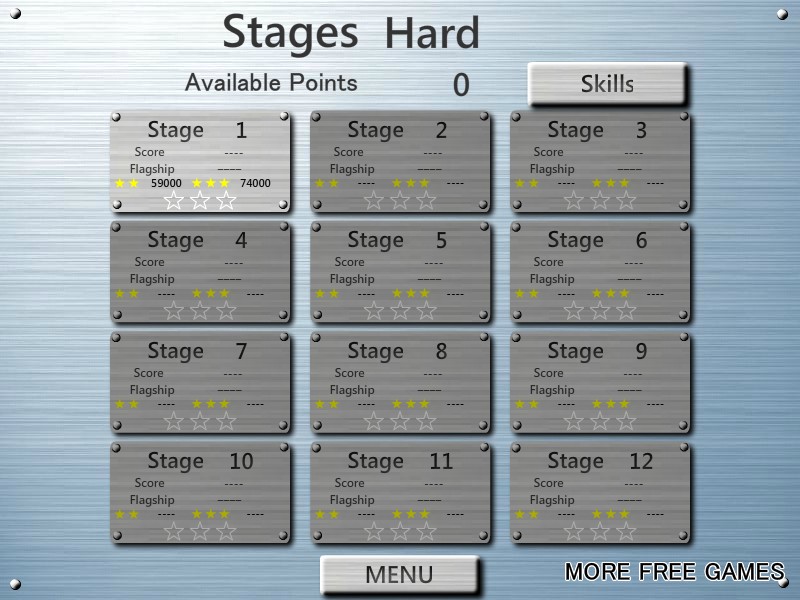

So, never fire at adjacent holes but leave a few spaces between your shots.Īfter your opening salvo, you can go back and fill in the gaps in your diagonal lines. Your initial goal is to cover as much ground as possible. You can search all opposing ships by firing only on black squares and means that you never need to fire on half the squares (except to finish sinking a ship when you've found it). If you imagine the firing grid as a giant checkerboard (with alternating white and black squares). Unless you are a mind-reader whose random guesses are likely to be hits, you should fire your shots in a logical and ordered fashion.īy firing shots along a diagonal line, you guarantee that each of your shots is located in a new row, and a new column, thus maximizing the number of rows and columns into which you are firing.įor example: If your first shot is fired at I-7, consider your next shot at F-4, your next shot at C-1. It's a great way to throw experienced opponents off their game.until they figure out what you're doing. If you have followed the above rules for a few games in a row against the same opponent, break them to confuse your opponent. If she thinks you always place your ships close together, opt for a more spacious layout. If you and your opponent know each other, use that psychology to your benefit.

Having at least one or two ships on an edge may give you an advantage.īut don't place all your ships on the edge as then r your opponent may guess the pattern. Many players will fire most of their shots the middle of the board.

If you have a ship one square away from both edges in the upper left, don't do the same thing in the lower right because else your opponent will be more likely to find both ships after finding the first one. So, don't mirror or copy your ship placements. If your opponent finds two ships at once, you've just lost an extra ship. Don't place your ships touching each otherĪn opponent who scores a hit on your grid will likely circle that point looking for the rest of the ship.All other placement guidelines are based on guessing how your opponent will attack. The best way is to place your fleet randomly. The object of placing your ships on the board is to make your opponent not able to find all of them. Getting your ship placement right is crucial. Just like real-life naval conflicts, many Battleship matches are won or lost before the first shot is fired.


 0 kommentar(er)
0 kommentar(er)
